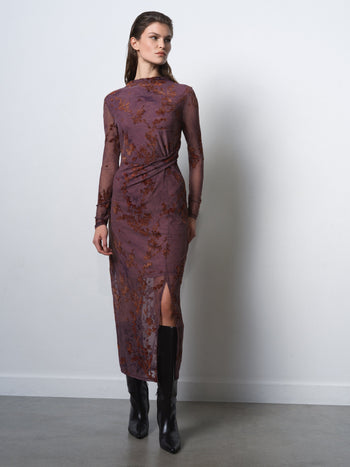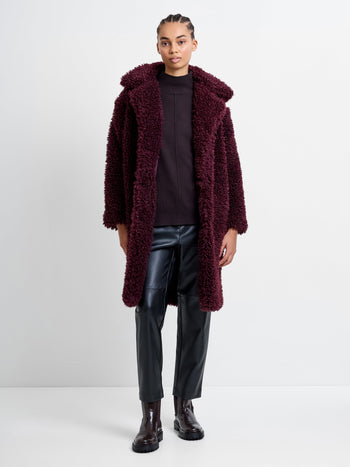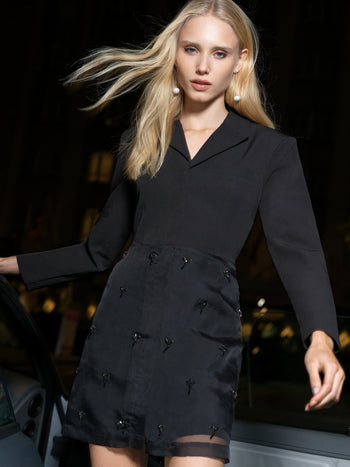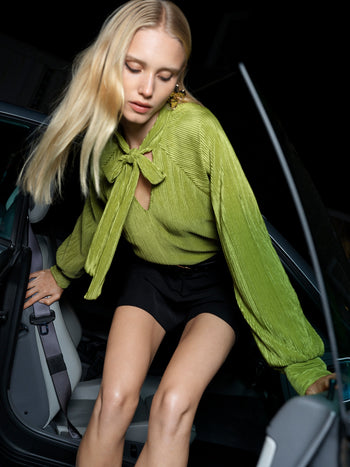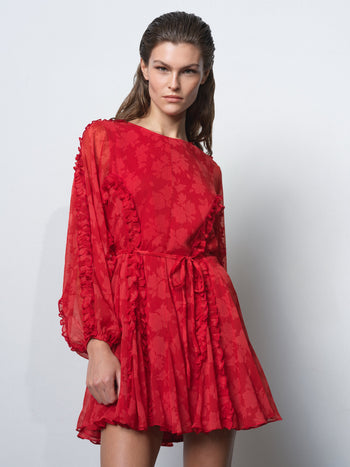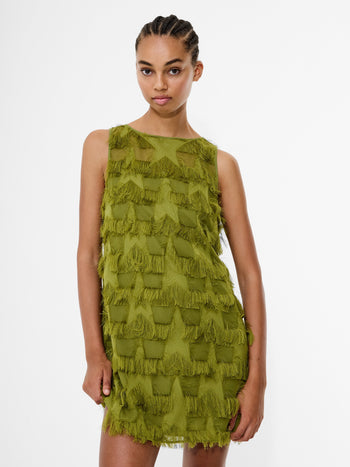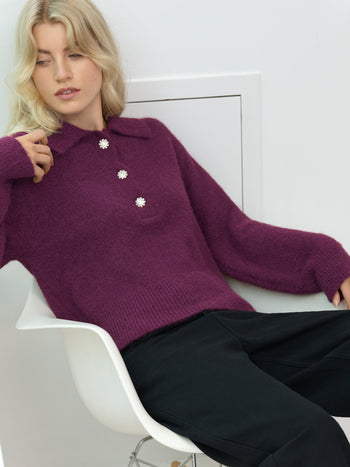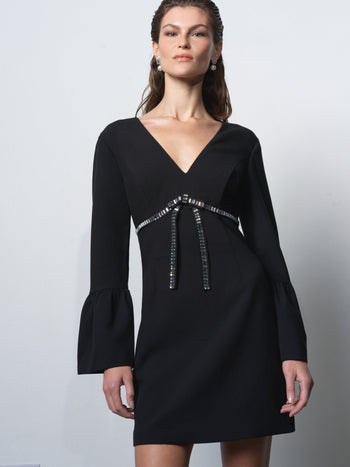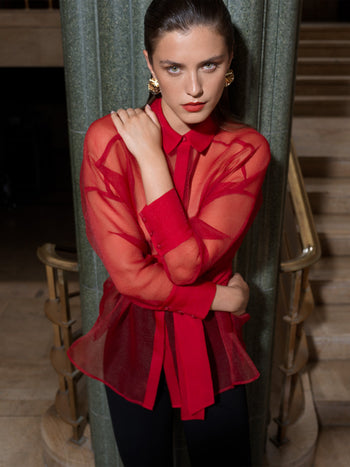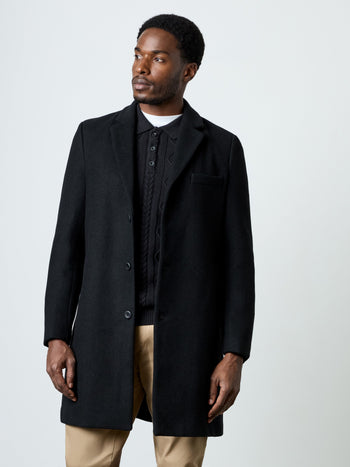We caught up with the photographer behind our AW20 campaign, John-Paul Pietrus, to talk about his career, inspirations and his experiences around diversity in the fashion industry.
John-Paul, tell us a little about yourself & how you became a fashion photographer…
I studied fine arts and graduated with a BFA, majoring in photography (plus a minor in painting), from the Minneapolis College of Art and Design (MCAD). I moved to Hong Kong for a job not directly related to my studies, lost the job after day one because the company was bought out overnight, and I started pounding the pavement and seeing magazines. I did all sorts at the beginning: fashion, news, portraiture… but fashion was what interested me and inspired me. I admire other photographic fields, but fashion was clearly the one that I enjoyed the most, and excelled at.
What did you enjoy most about the French Connection AW20 campaign shoot?
It was my first big shoot post-lockdown, and it just felt so incredibly good to be on set again with all of my team and friends, including the models with whom I had worked with before. I also really appreciated that Maria (French Connection’s Creative Director) used my own past work as the shoot references and let me go with it, rather than being one of those clients which pulls a ton of other photographers’ work as references and says ‘do this please’, which is, unfortunately, more common these days. I think the fact that Maria used my own work as references was very respectful, and also very smart for a good outcome.
A key focus for you and for French Connection is diversity in model casting. Tell us a little about the importance of diversity in fashion photography to you…
I could literally give a keynote lecture on this. There is so much to talk about here, but for the sake of your platform let me try to cover the basics. It seems obvious that there should be diversity in representation in fashion imagery, but to a lot of people, it is not.
1. On a mere economic level: the consumer these days is from ALL walks of life:luxury, high street, vintage, all colours, creeds, sexes, etc. With this abundance of diversity, we as media need to showcase that, and cater to those consumers. Sometimes I think that the consumer is more woke than the media and brands.
2. On a socio-political-cultural level: it is only RIGHT that we represent all walks of life, in order to promote tolerance, acceptance, and compassion for all. The world, is full of so much racism and discrimination that we must make conscious action to counter that. It is our responsibility.
The ironic thing is that I never really thought of my diverse casting in a political or conscious manner. I chose to work with who I wanted to work with, who inspired me. I was never really one of those ‘oh let’s book one of those top 50 from models.com’ kind of photographers, unless that was a client’s priority. I chose women and men who I could see myself in somehow, to play a character that was part me, psychologically, or who I wanted to be. The fact that who I loved to work with crossed a gamut of cultures and ethnicities was just part of who I was, perhaps because I am mixed race and gay, perhaps because as a child I grew up in a very multicultural environment, even though at the time it didn’t feel like it. However, I definitely was immersed into and formed by the incredibly multi- cultural environment my art school, MCAD, was in: the Whittier neighbourhood of Minneapolis, Minnesota. Yes, you are correct if you question ‘isn’t that the neighbourhood where George Floyd was murdered?’. The very sad irony is that that neighbourhood is full of diversity where people integrate, and create, together. The police force there was another matter, even during my time there in school.
I also want people to know this next story, because I think it might inspire young creatives and models to believe in themselves.Early in my career, but when I had enough work for a thorough portfolio, I would go to meetings with ad agencies and potential clients and, I kid you not, I would regularly hear people say, to my face ‘you don’t have enough white models in your book, too many ethnics.’ This always used to enrage me, and perplex me! Did they think I suddenly lost all of my photographic and directorial skills if a Caucasian model stepped in front of my lens? I decided to count how many of those 80 pages were what ethnicities. In the end I realised my book was about 30% Asian (Oriental) 30% Black, and 40% Caucasian. So really a pretty even spread and still the majority group was Caucasian, but all these people could see was the non-white, and not as a positive, but as a negative.
Then something funny happened: I was telling my friend Jason about these remarks I was getting from grown professionals who might be intellectually smart but certainly not culturally, or with a high EQ, and he, being Chinese-Trinidadian, shook his head in sympathy and understanding. Three months later I took Jason for drinks at the pub, as Vogue Korea had just published three cover-stories I shot for them: one with Claudia Schiffer, one with Eva Herzigova, and one with Naomi Campbell. This was a breaking point in my career and I got a lot of recognition for those covers. I sent those covers to those same naysayers, and isn’t it interesting how suddenly I became valid to some of them? A lot of new people and clients also contacted me and pick up on my vibe. So that was a lesson to me to keep on keepin’ on and to believe in myself and listen to my heart, which I knew was right. I get compliments from people I’ve known throughout my career telling me I was ‘ahead of my time’, but it never was really about that for me with casting; I just cast the people who inspired me and they happened to be from all cultural backgrounds, and history has now come into that favour.
I know that as an image maker I have a responsibility to carry and I need to make images which promote positivity in some way, such as in diverse cultural representation.I would like to think that we have moved on a lot since then, 12 years ago, but I do wonder. Thanks to French Connection for believing in my casting.
What is your career highlight so far…
In all honesty, it is my multiple collaborations with both Tim Lim of Modern Media, such as our documentation of Chinese icon Madame Song and her Pierre Cardin archives and also my collaborations with Paris stylist Loïc Masi for Jalouse, including this shoot we did in Luxor, Egypt for a 20-page cover story all shot on large format sheet film, with one of my greatest muses: Zuzana. These collaborations grew into career-long creative relationships, and more importantly, deep and important friendships.
On a ‘one moment’ level, it would be that aforementioned trifecta of Vogue covers in 2009: Claudia Schiffer, Eva Herzigova, and Naomi Campbell on three different covers of the same month. That made me feel good.
What is your biggest inspiration and why?
The challenge of being creative, original when you are allowed to be, and with integrity.
Quick fire questions:
Autumn winter or spring summer? Autumn-winter.
Do you prefer in the studio or on location shoots? Location, but fairly equal to be honest. I love the exotic location trips that let me learn something new about the world.
Definition of the perfect shot… Irving Penn.
What's the one thing you can't live without? Creation, and I mean that as an active and as a static.
When I’m not shooting, I’m... designing my fine and high jewellery line, Francis de Lara, go and have a look over on Instagram @francisdelara_finejewels.



